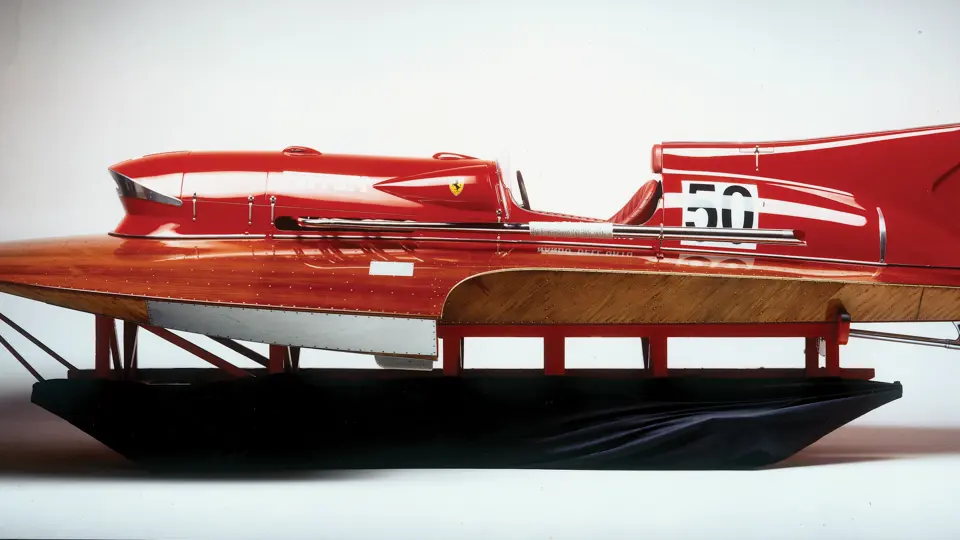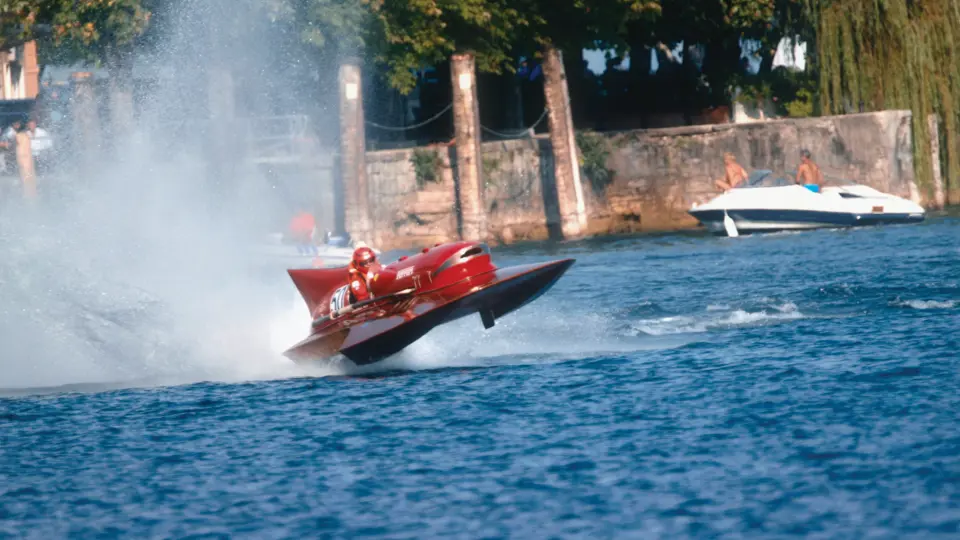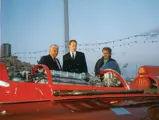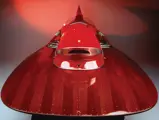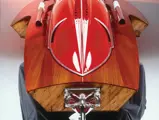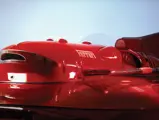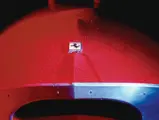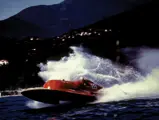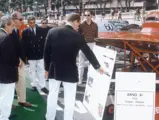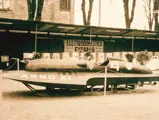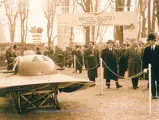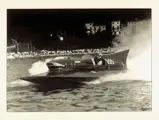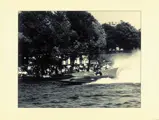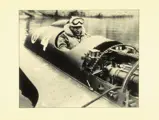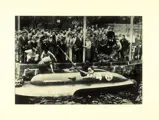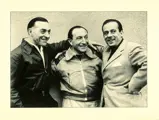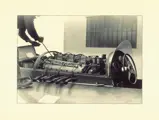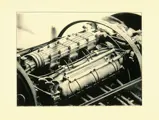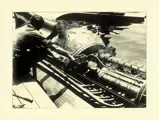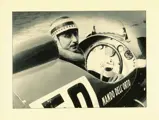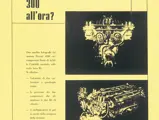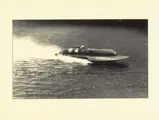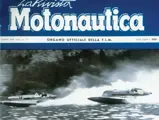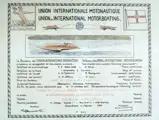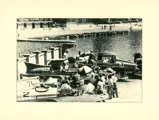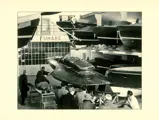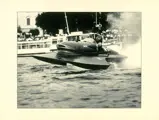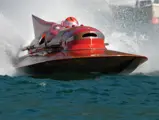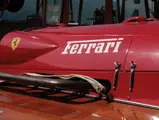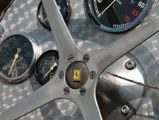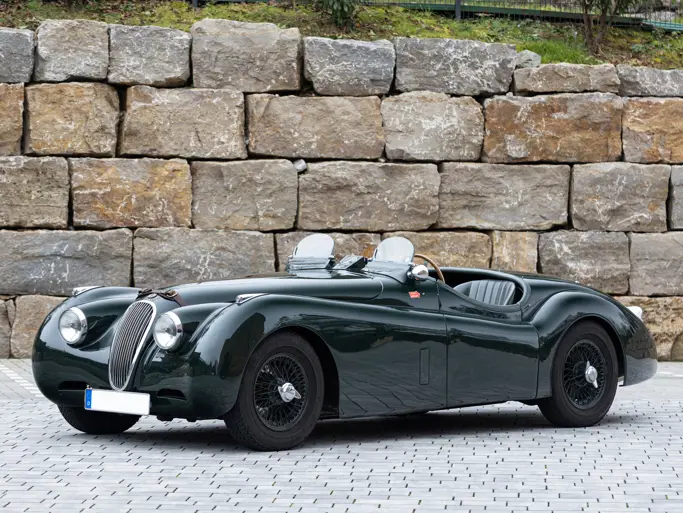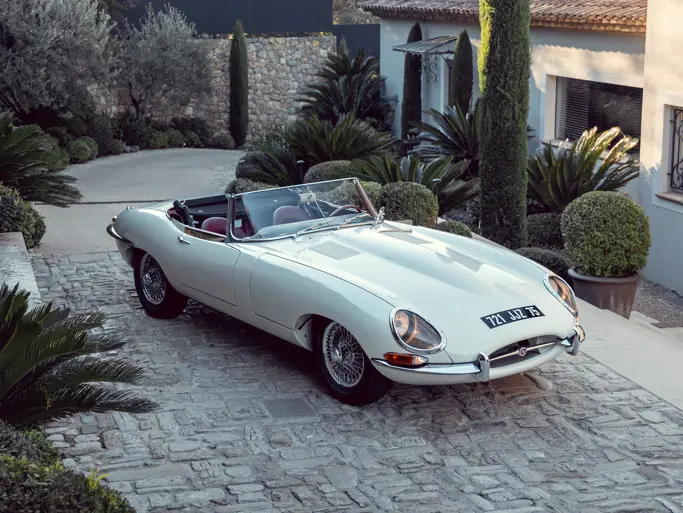600+ bhp, 4,493.73 cc Ferrari Tipo 375 F1 V-12 engine with twin superchargers and twin four-choke carburettors, Timossi di Azzano three-point racing hydroplane hull. Length: 6,200 mm (245”). Beam: 2,470 mm (97.24")
• Achille Castoldi’s famed Ferrari V-12 Timossi 800 kg class racing hydroplane
• Reset the world speed record in its class on 15 October 1953, at 241.708 km/h
• Beautifully and painstakingly restored; engine confirmed original by Ferrari S.p.A.
• Accompanied by an extensive historical file, including a copy of the U.I.M. record certificate no. 329 and Nando Dell’Orto’s original racing logbook
• Unique, instantly recognisable, achingly beautiful and immensely historic
The ‘three-point’ hydroplane, devised in America during the late 1930s by Adolph and Arno Apel of New Jersey’s Ventnor Boat Works, truly revolutionised speedboat design. Elegantly simple, the Apel design divided the ‘step’ portion of the hull into two pontoon-like surfaces, or sponsons, with each on opposite sides of the boat. The boat’s propeller acted as the ‘third point’ in the equation. The tunnel between the sponsons trapped air to generate aerodynamic lift, with only the sponsons and propeller in direct contact with the water whilst the boat was at speed.
Italy’s premier speedboat racer was Achille Castoldi, a cousin of M.C. 72 designer Mario Castoldi and a highly talented driver and engineer in his own right. Beginning in 1940 with his original ‘Arno’, a 400 kg-class boat with a Picciotti-built hull and Alfa Romeo Type 158 power, Castoldi reset the world speed record at 130.517 km/h (81.10 mph). Subsequent boats in the ‘Arno’ series followed, with most powered by Alfa Romeo and at least one Maserati-powered example, and he primarily competed in circuit-type hydroplane racing. After 1951, Castoldi ended his relationship with Alfa Romeo and changed his focus to world speed-record competition, now seeking a new engine supplier for an attempt on the 800 kg class world speed record.
Castoldi’s record preparations began in 1952, when he travelled to Maranello with his two close friends, famed racing champions Alberto Ascari and Luigi Villoresi, to order a Formula 1 specification V-12 engine from Ferrari. The blessing of Il Commendatore, Enzo Ferrari, was virtually assured since Castoldi had earlier managed to save a number of Alfetta 158 race cars during the war, keeping them hidden from the occupying German forces at his factory in Abbiategrasso, near Milan.
The Aurelio Lampredi-designed Tipo 375 V-12 engine, the same unit that powered Ferrari’s Grand Prix racing cars during 1951 and achieved Ferrari’s first ever World Championship Grand Prix win with Froilan Gonzalez in 1951 and helped Ascari to earn Ferrari the World Championship in 1952, was selected to power Castoldi’s new boat. It developed some 385 bhp with 12:1 compression and a dual-magneto ignition system, driving a twin-blade propeller via a gearbox at up to 10,000 propeller revolutions.
Castoldi’s boat, dubbed ‘Arno XI’, was built to a three-point hydroplane design by Timossi Azzano’s Cantieri Timossi boatyard located on Lake Como. A beautiful example of form and function in equal parts, the hydroplane featured a solid wood-framed structure skinned by marine-grade plywood with a mahogany veneer, a strong separate metal subframe chassis to cope with the enormous power and the engine cover and cockpit exterior appropriately finished in Rosso Corsa.
Once completed, ‘Arno XI’ was shaken down at the Campione d’Italia races in January 1953, with Castoldi reaching an unofficial top speed of 124 mph, prior to attempting an officially sanctioned two-way run. Castoldi’s main competitor, Mario Verga, who received the full factory support of Alfa Romeo, went on to set a new 800 kg class speed record of 202.26 km/h (125.68 mph) with his Alfa Romeo 159-powered boat, ‘Laura’. Adding emphasis, Verga reset the record just two weeks later with a two-way top speed of 226.50 km/h (140.74).
Undaunted, Castoldi had the 4.5-litre Tipo 375 F1 V-12 engine rebuilt and highly modified, with official Ferrari support, including Stefano Meazza, Scuderia Ferrari’s chief race engineer who oversaw the engine preparations for Castoldi. This time, the already highly powerful Ferrari V-12 racing engine was tuned to operate on methanol, now allowing much higher engine compression, in conjunction with twin superchargers and twin four-choke carburettors, with power output now exceeding 600 bhp, representing a power increase of some 200 bhp over the original specification!
Once upgraded and readied for competition, Castoldi made his record attempt at Lake Iseo on the morning of 15 October 1953, with Alberto Ascari and Luigi Villoresi in attendance, clearly demonstrating Ferrari’s support of the project. Now, Castoldi finally achieved his objective, with ‘Arno XI’, by breaking the speed record in the 800 kg class with a two-way average speed in the flying kilometre of 241.708 km/h (150.19 mph). Later that day, Castoldi followed up with a new record in the 24 nautical mile event by achieving an average speed of 164.70 km/h (102.34 mph).
The year following these triumphs, Achille Castoldi survived a frightful engine failure in an aircraft engine-powered, 1,700 kg Cantieri Timossi-built hydroplane. The death of his racing nemesis, Mario Verga, soon followed in an unrelated hydroplane accident, and Castoldi retired from competition. His victorious ‘Arno XI’ was placed into storage for a few years prior to acquisition in 1958 by engineer and gentleman-driver Nando Dell'Orto, who ran it in the circuit championships, where it was pitted, amongst others, against the powerful Maserati 450S V-8 driven raceboats.
Under Dell'Orto, the silhouette of ‘Arno XI’ was continually updated by the Milan-based Carrozzeria Boneschi with a very original and more aggressive engine, fairing with a “shark nose” intake and a large vertical stabilising fin at the rear. As revised, ‘Arno XI’ achieved several fastest-lap records and three titles, including the European Championship in 1963. Nando Dell'Orto retired from competition in 1968, leaving ‘Arno XI’ in the huge warehouse of his paper-manufacturing plant located in the Milanese suburbs. It is here that this famous racing hydroplane was located and saved from oblivion. A painstaking restoration of this historic, record-setting hydroplane was commissioned by the new owner in the early 1990s. Photos of the boat before and during restoration are available for review in the history file.
The glorious V-12 engine was returned to Maranello, where it revived fond memories for several mechanics who had first worked on it in 1953. Engine work included the rebuilding of the two overhead camshafts and replacement of all the valves, whilst the manufacturer’s workshop reconditioned the dual four-choke carburettors. Not one vital mechanical part escaped scrutiny and appropriate treatment, including the twin superchargers that made this unique Ferrari 375 F1 engine capable of, in fact, producing up to 700 bhp during a bench test after its rebuild. However, it should also be noted that it was converted, at this time, to run on 100 Octane unleaded fuel rather than methanol to improve reliability and usability.
As for the hull, the Bisoli boatyard, located in Sirmione on Lake Garda, checked and restored the entire structure. Laminated panels were specially ordered from Canada for the construction of a new deck, a must for racers that are put under severe strain, as it contributes greatly to the rigidity of the hull. Particular care was taken in the restoration of the steering system, propeller shaft and the razor-sharp twin-blade propeller, whose speed can exceed more than 10,000 rpm. Nando Dell'Orto had exchanged the steering wheel in 1958, but thankfully, he retained the old Bugatti four-spoke steering wheel used by Achille Castoldi during his world-record attempts, and this is the same one that is mounted on the boat today.
Once carefully restored and impressively presented in its period and now in its most highly developed form under the ownership of Nando Dell’Orto, ‘Arno XI’ has returned to the water for spirited runs since 2004, and it has received honours from the Galleria Ferrari, having been welcomed by Piero Ferrari, who warmly congratulated the craft’s present owner for the thoroughness, authenticity and high quality of the restoration of this unique, record-setting Ferrari V-12-powered hydroplane racer, an effort truly commensurate with the stature of this legendary craft. The hard work has included years of extensive historical research to collect a truly rich body of documentation and photographs accompanying the sale of ‘Arno XI’, including technical worksheets from Ferrari’s Maranello engine shop, dated September 1953. Notably, Ferrari Classiche has recently confirmed with RM Auctions that the Tipo 375 F1 V-12 engine, number G.P. 52/1, currently installed in ‘Arno XI’, is indeed original, and a declaration confirming this fact accompanies the sale of this record-setting hydroplane.
Blessed by complete, unbroken provenance and highly successful racing history, this one-of-a-kind and magnificent, record-breaking Ferrari-powered hydroplane provides an unparalleled opportunity to own a significant piece of both sporting and Ferrari marque history. Complete with a copy of the U.I.M. record certificate numbered 329, attesting to Achille Castoldi’s October 1953 speed record, which continues to stand today, as well as Nando Dell’Orto’s original racing logbook and additional historic archive material, ‘Arno XI’ continues to be breathtaking in its presentation, still powered by its original Ferrari 375 F1 V-12 engine. Seaworthy and still capable of breathtaking high-speed runs today, exactly as originally intended, the offering of “Arno XI” affords its next caretaker the ability to preserve, show and if brave enough, pilot at high-speeds an undisputed icon of motorsports and Ferrari history for future generations to appreciate.

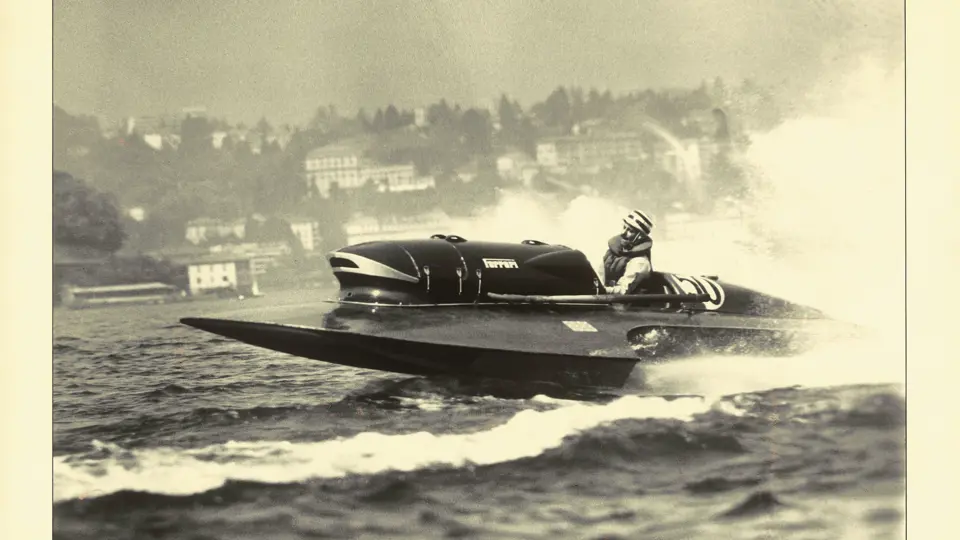
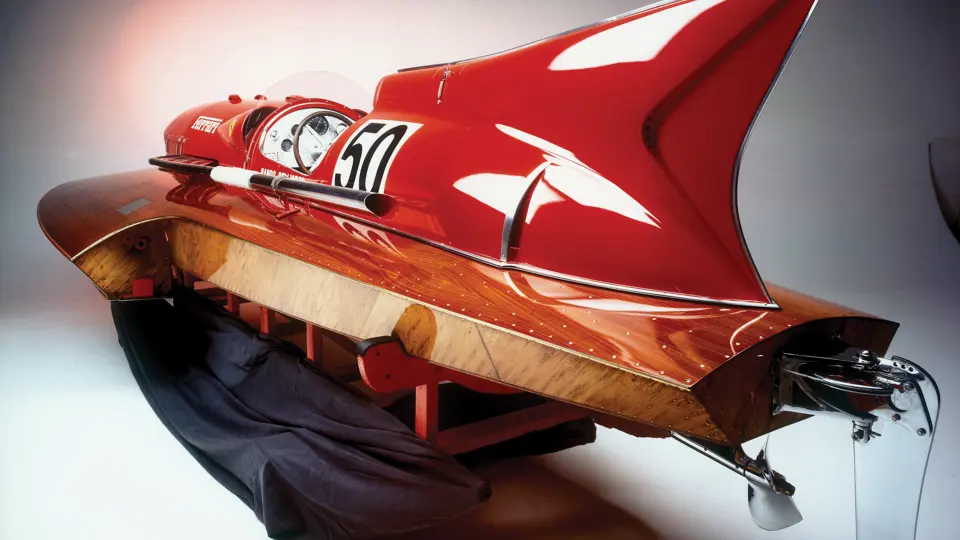


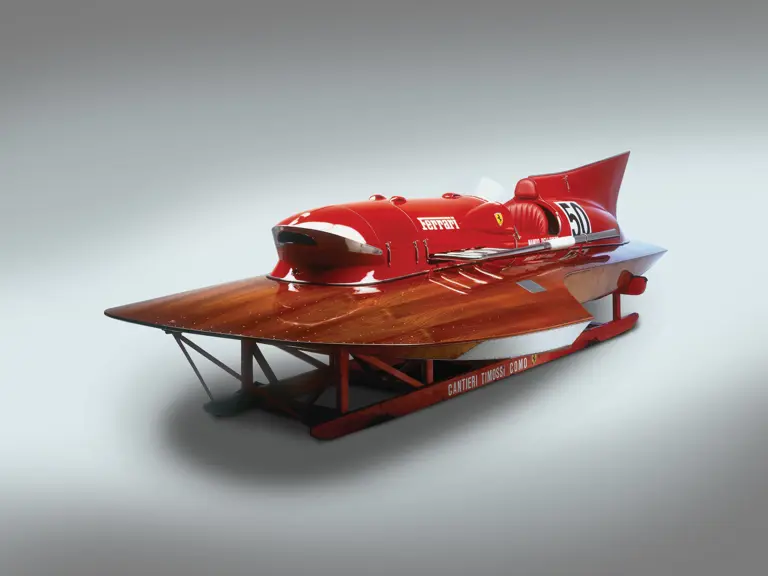
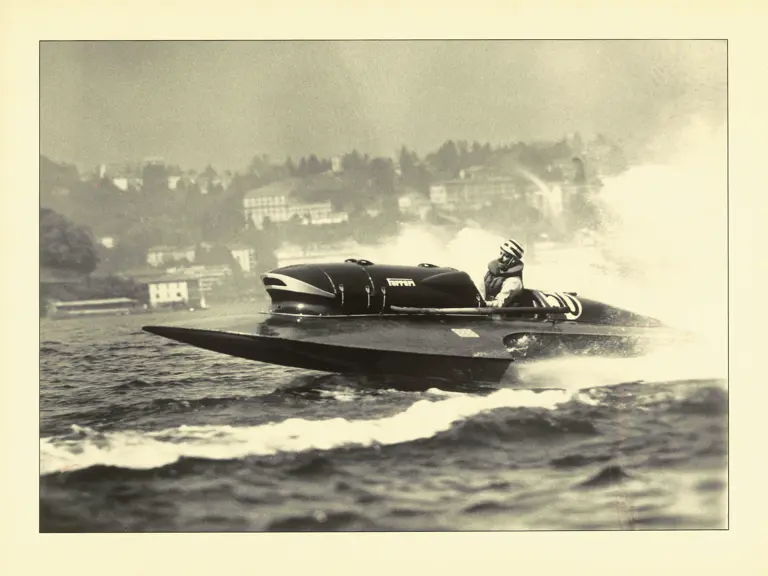
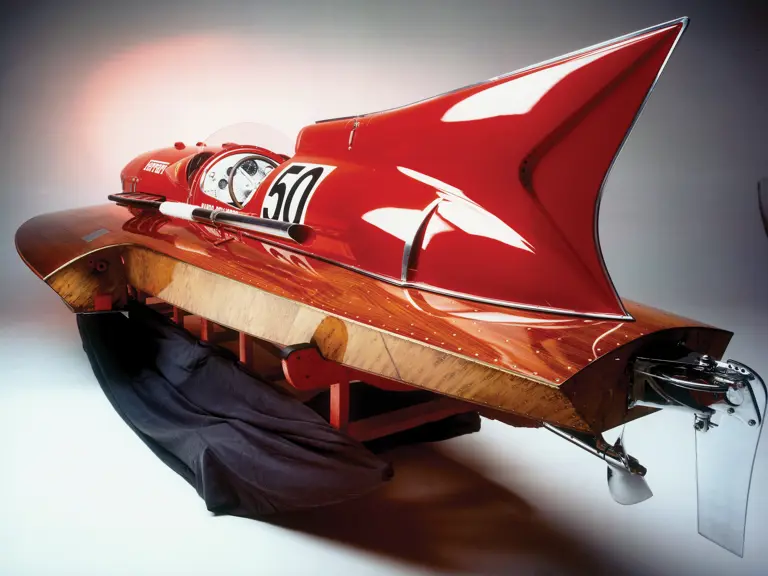

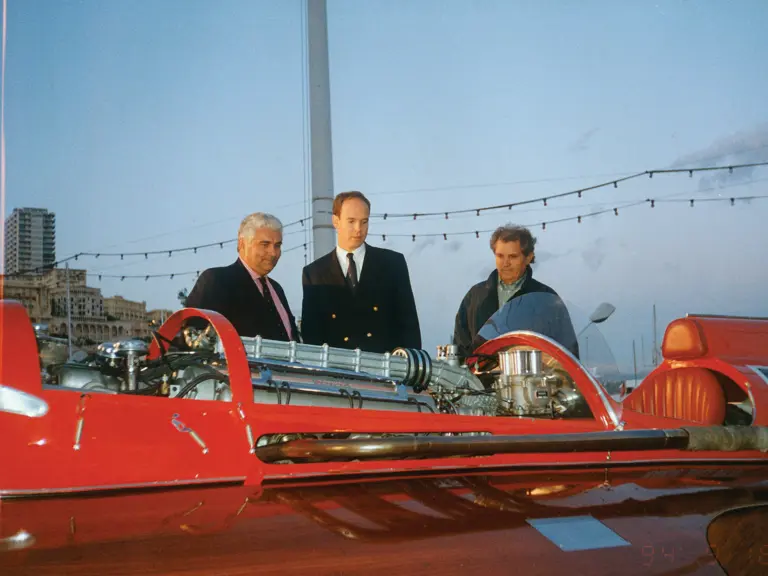

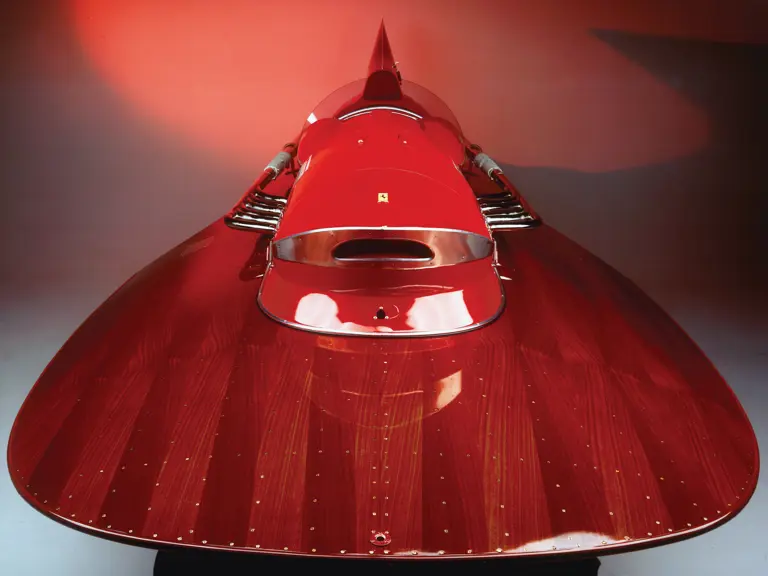
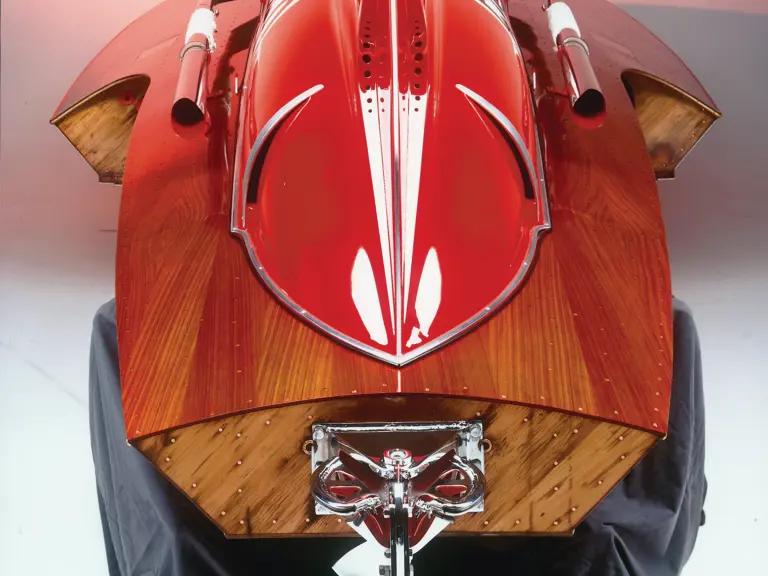
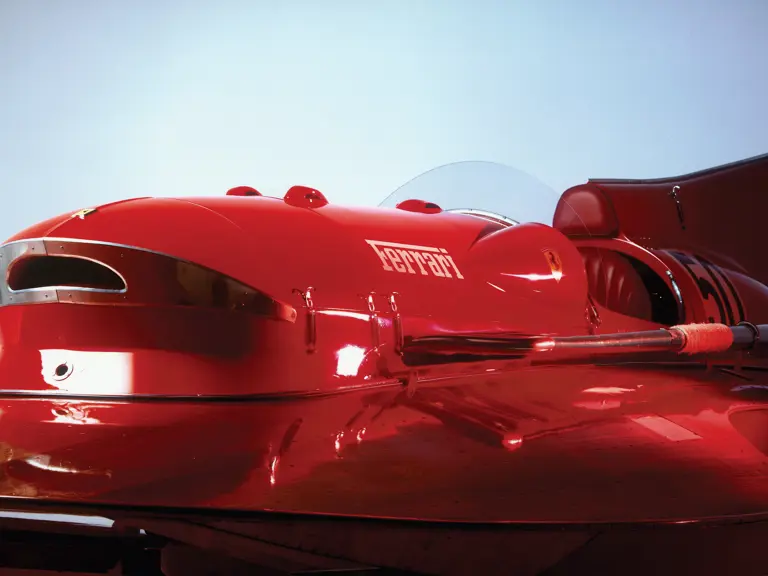
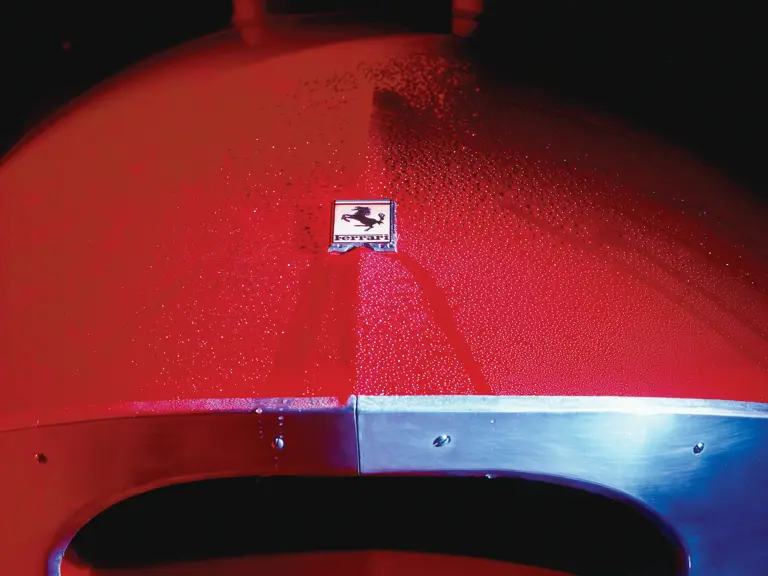

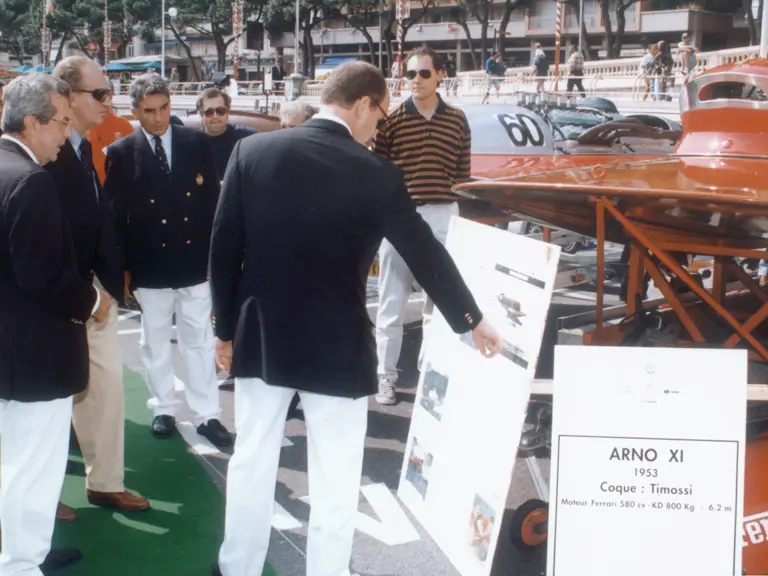


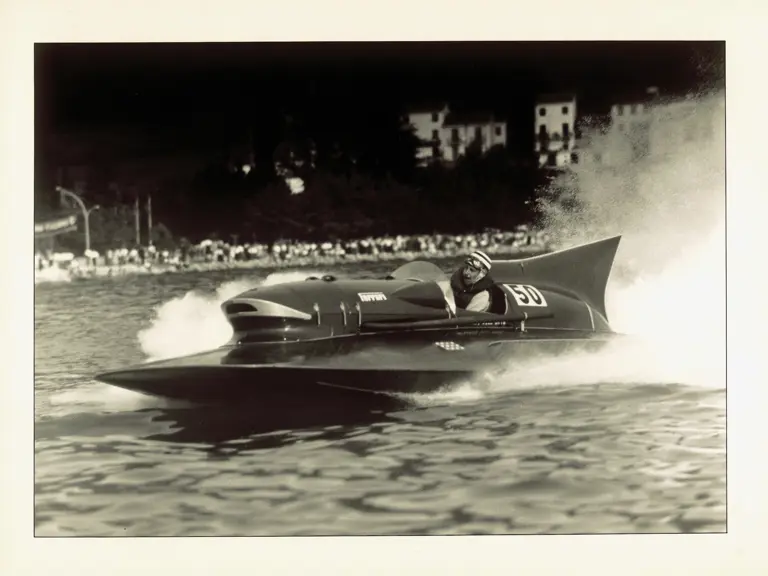
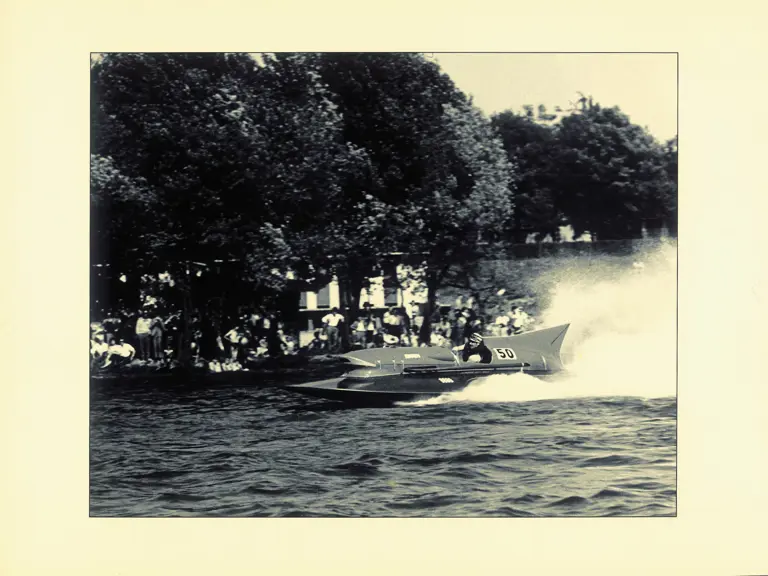
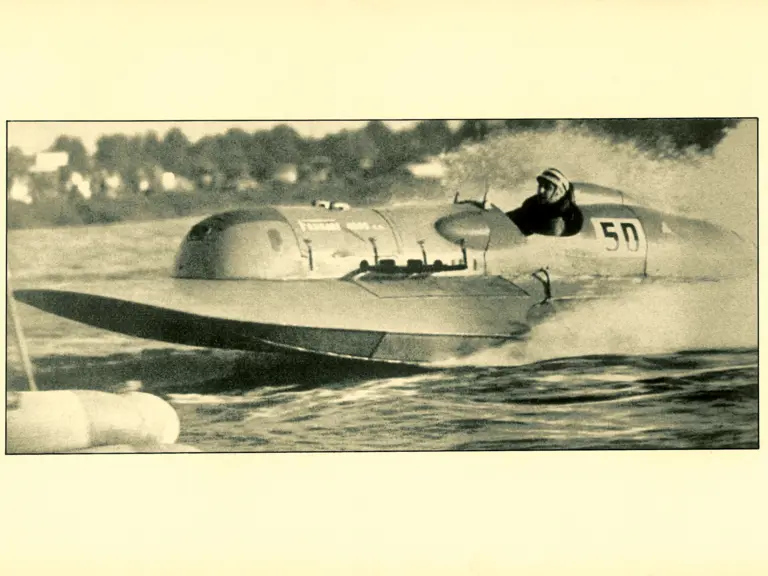

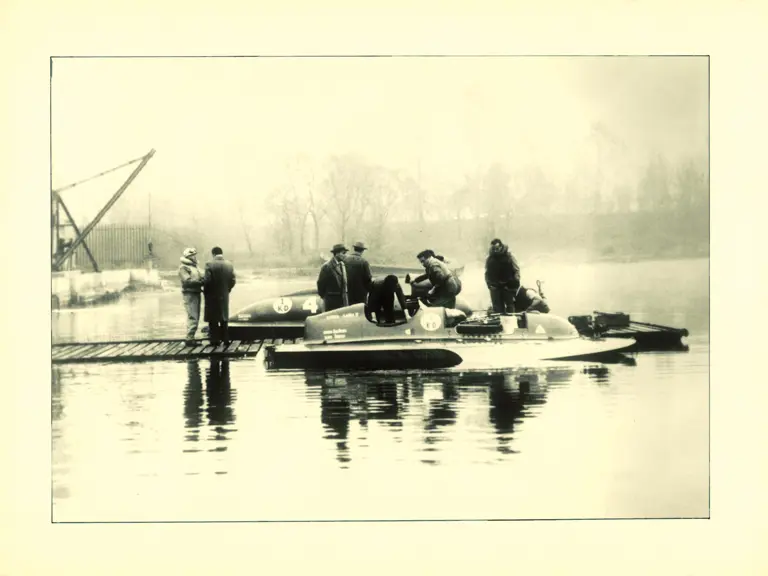
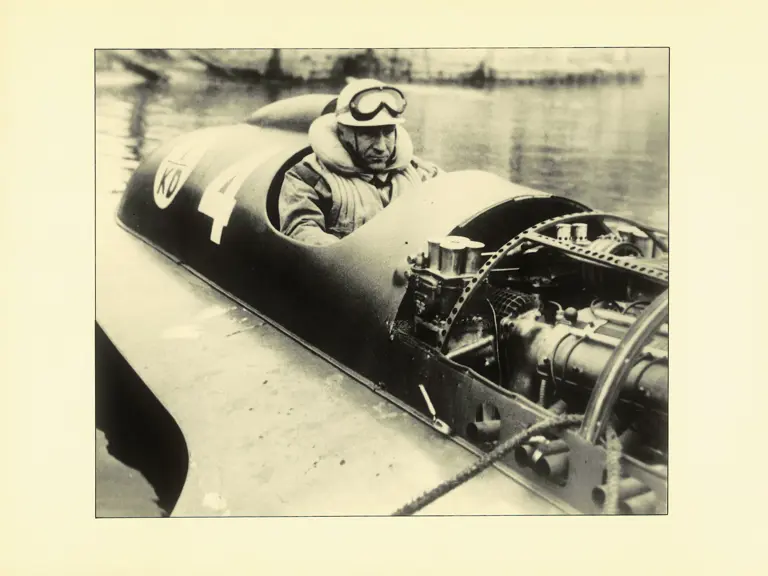
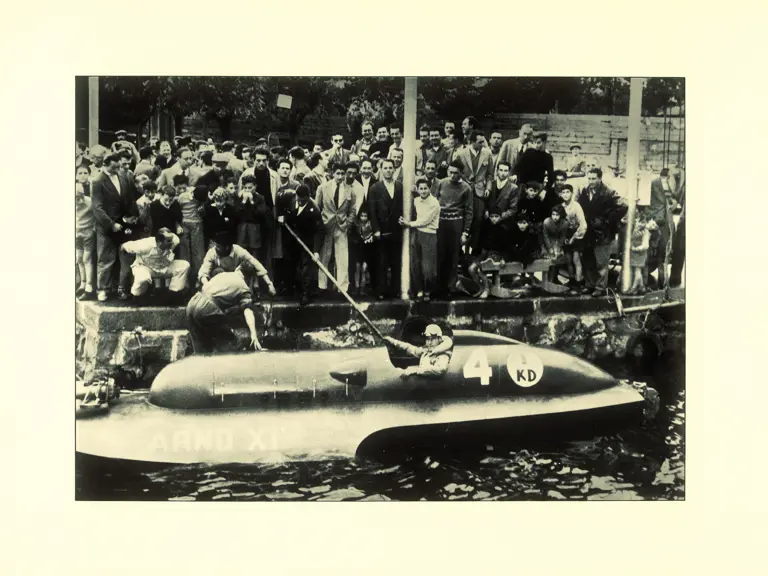

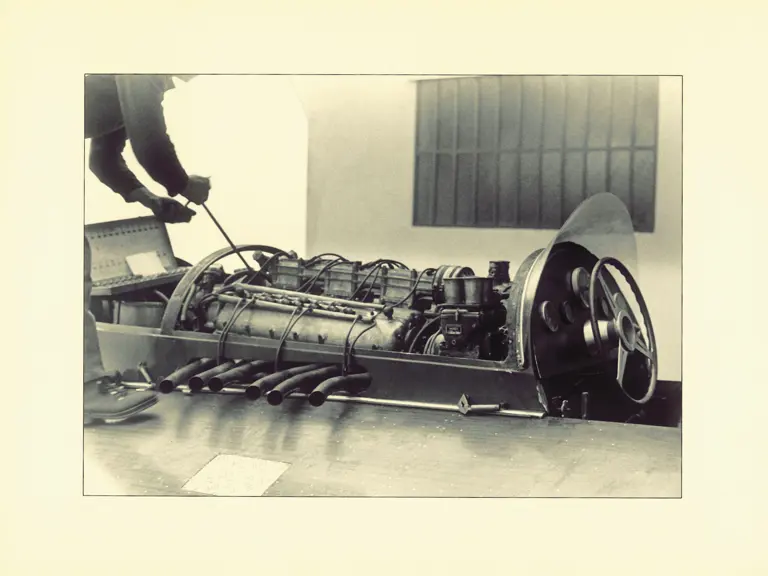


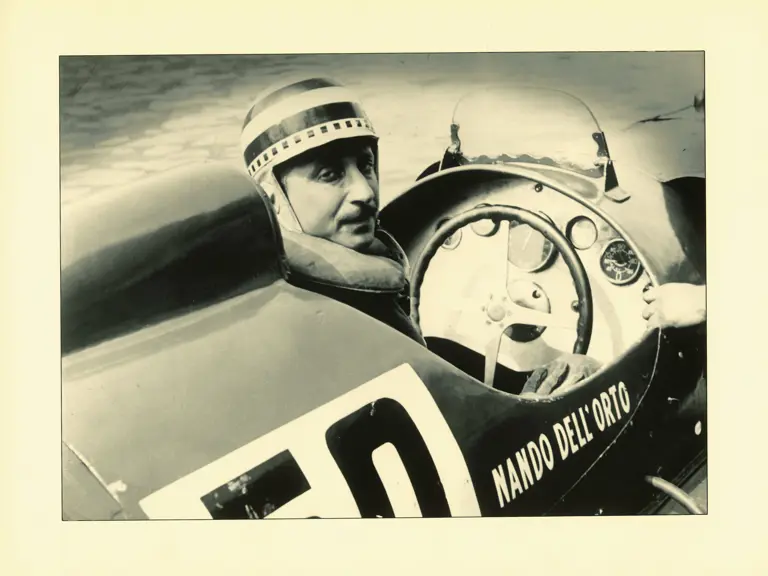
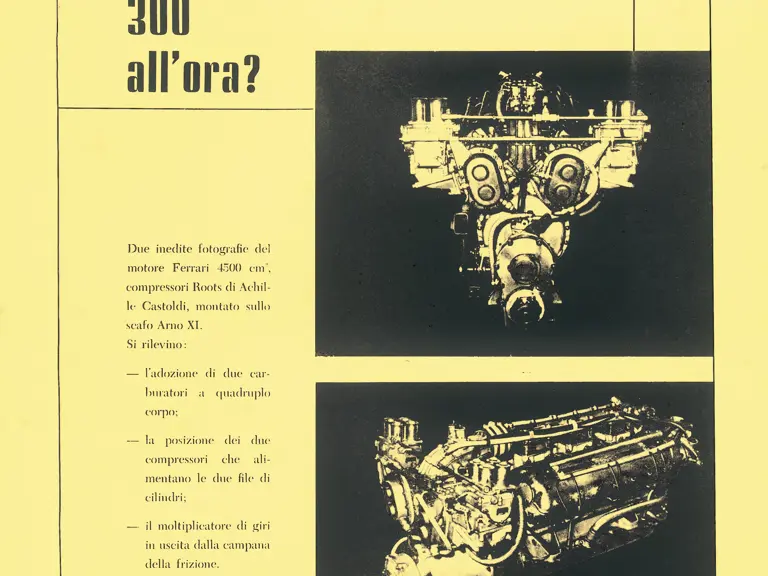

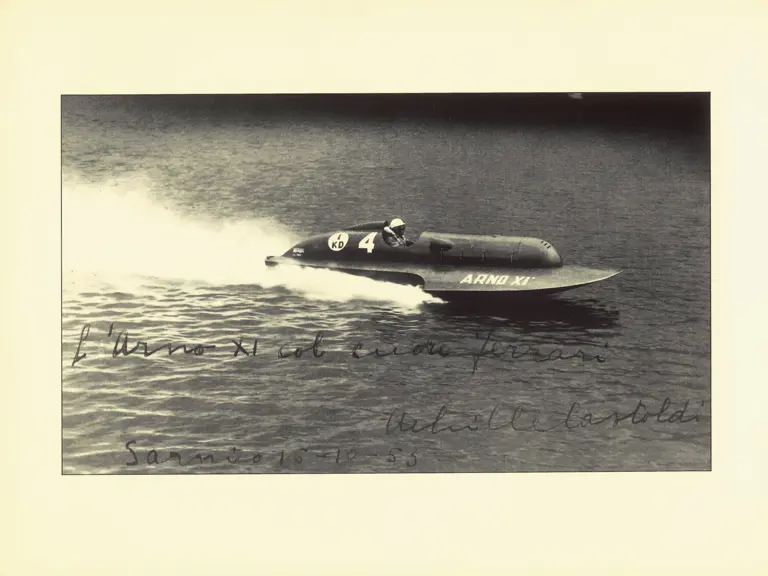
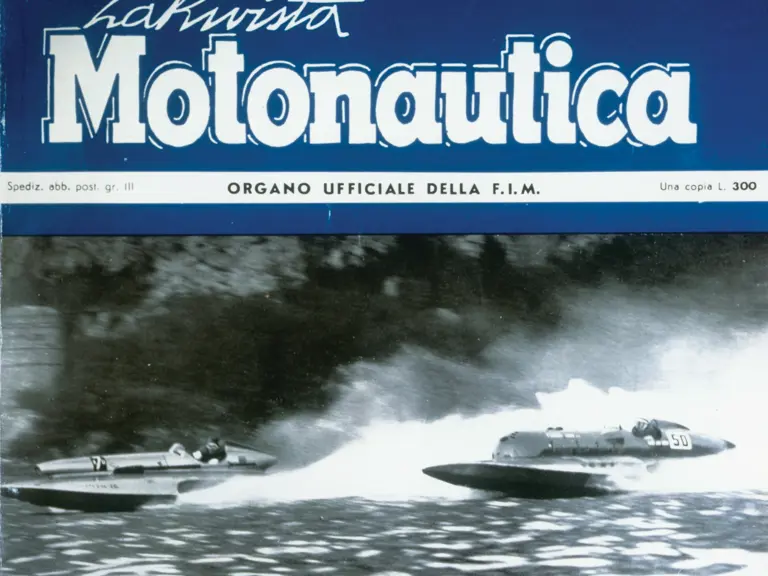
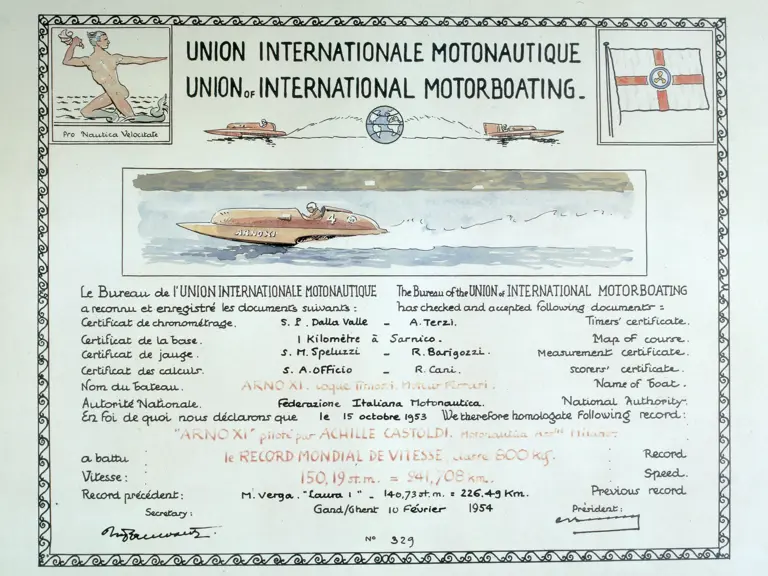

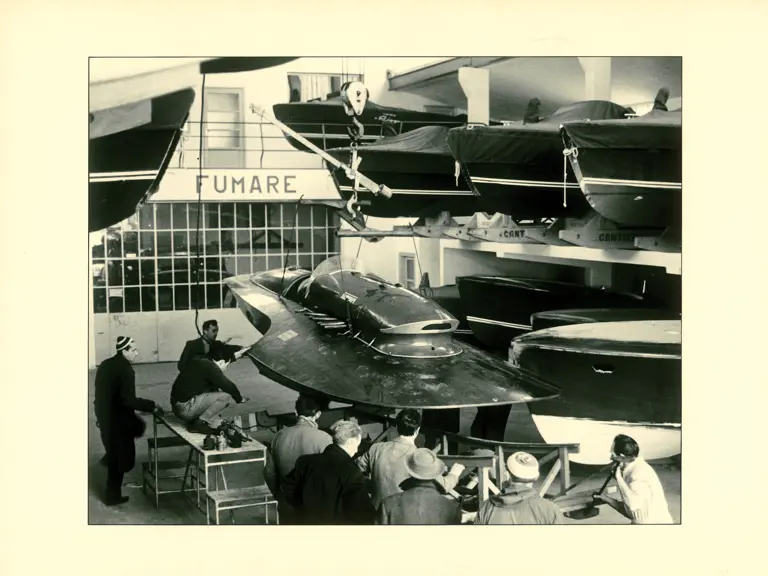
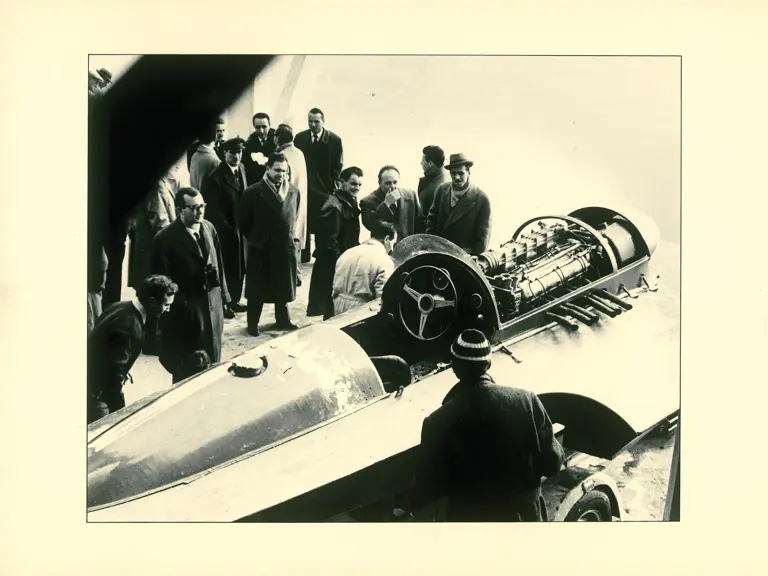
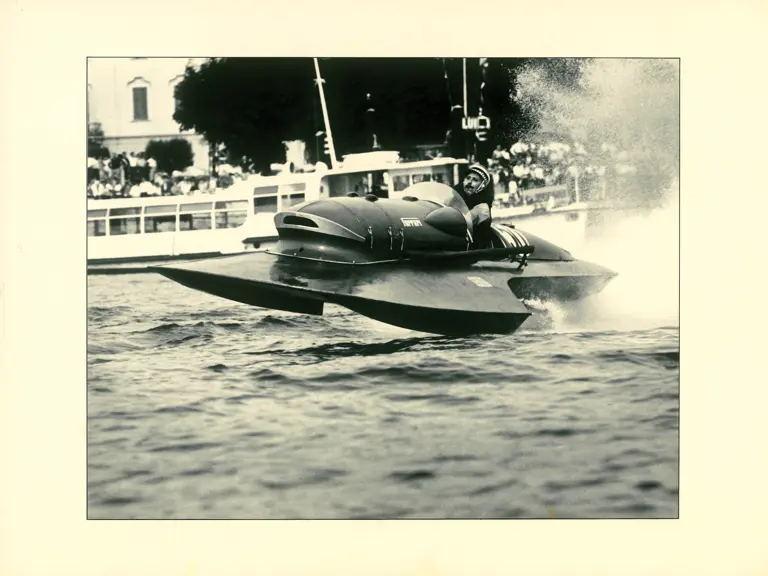
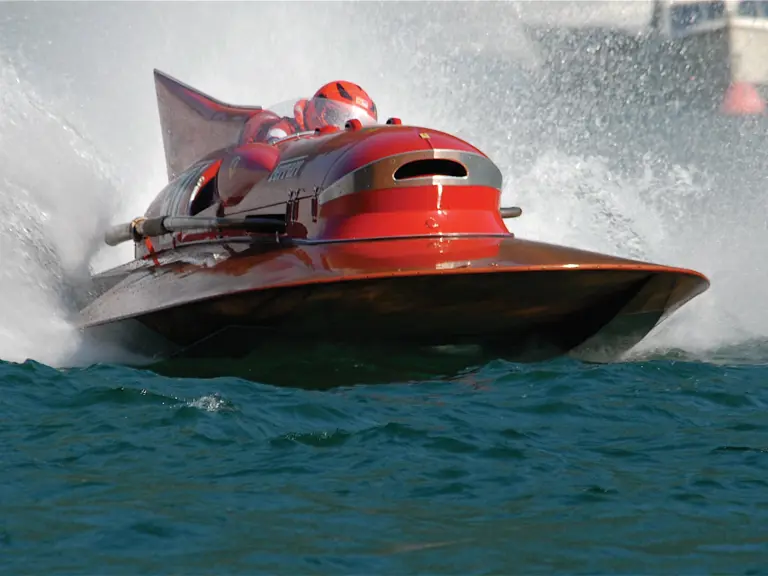
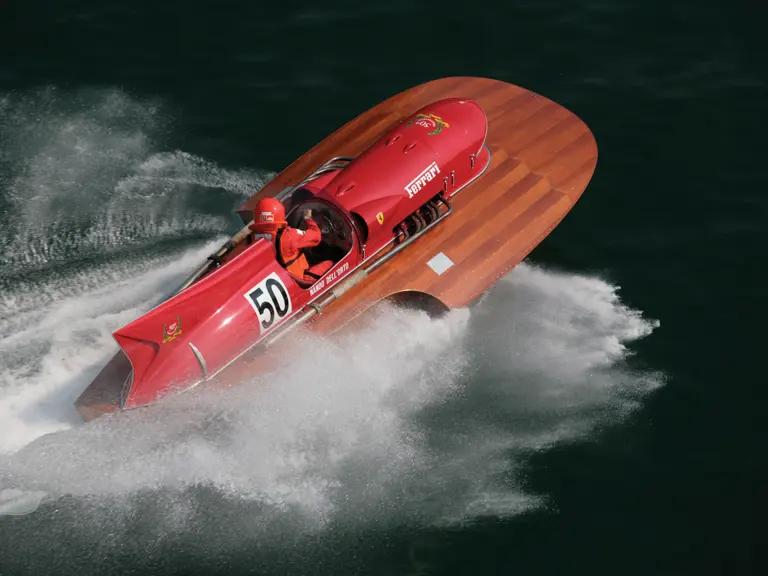

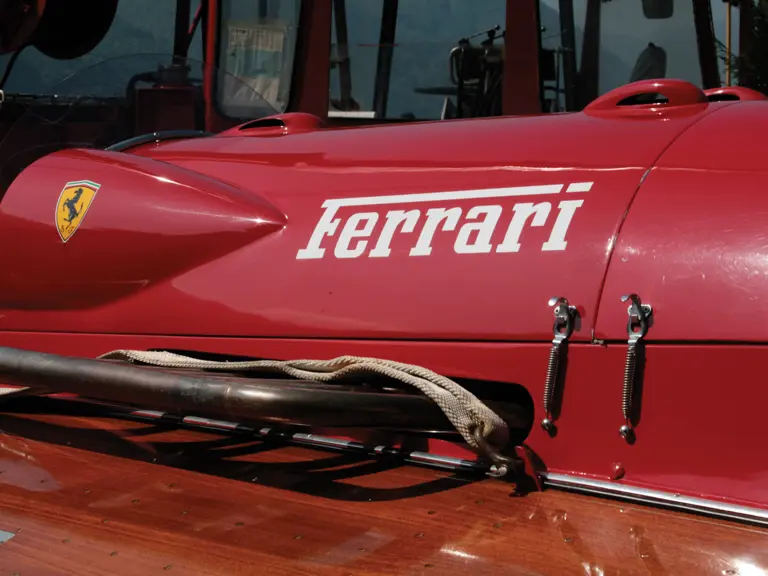
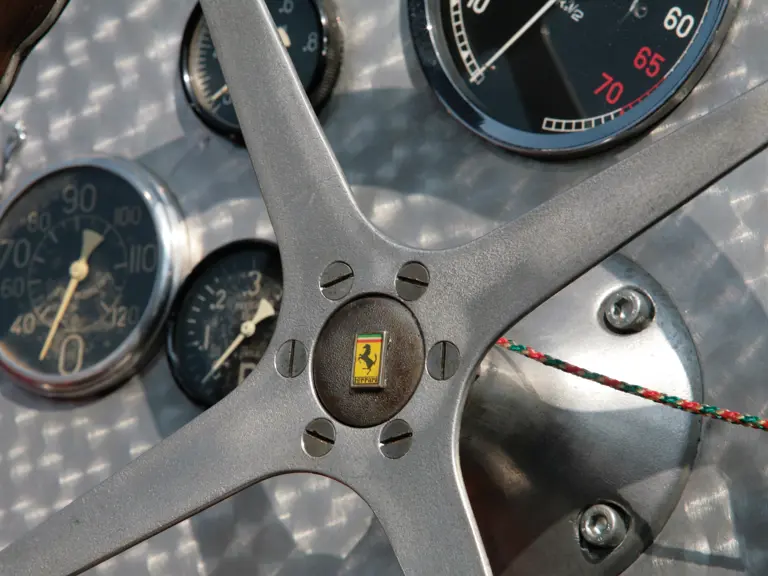

 | Monaco, Monaco
| Monaco, Monaco
